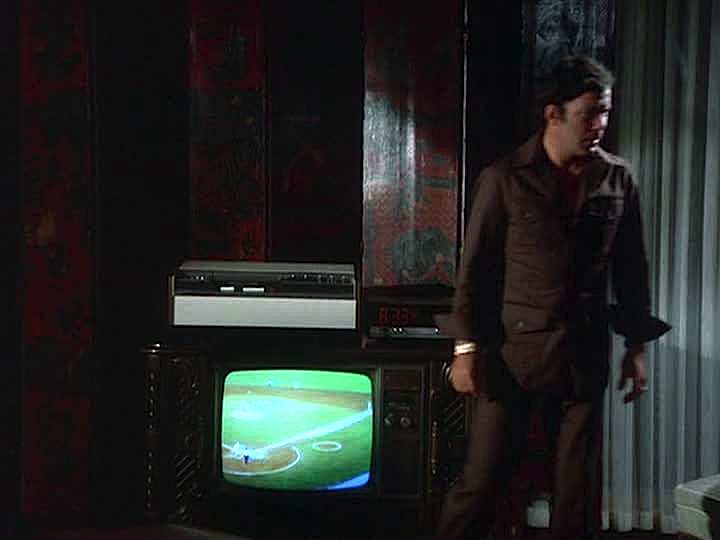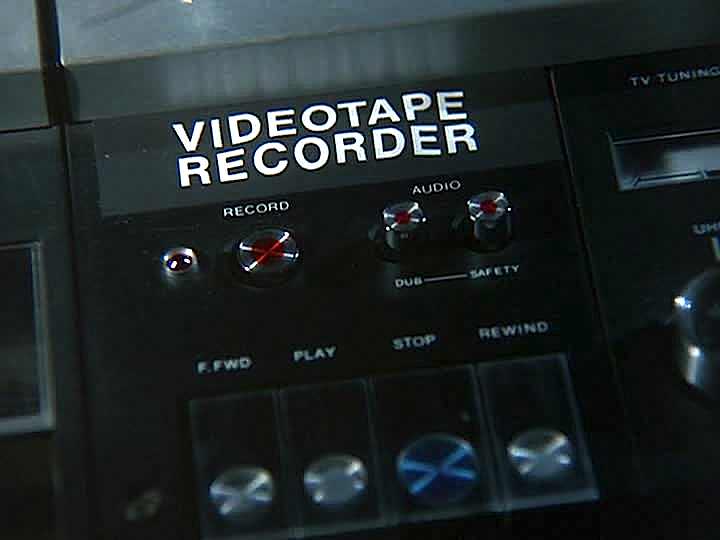- Time
- (Edited)
- Post link
https://youtu.be/RDZZDmEyKIM (be sure to watch it in 1080p)
It appears to have been shot on video rather than film. How is it possible for it to look so clean? The interview was in 1977, so that’s before Betacam existed, which means it was most likely shot on 3/4" U-matic tape. But it looks cleaner than any U-matic transfer I’ve ever seen. For that matter, it looks cleaner than any analog Betacam transfer I’ve ever seen, and Betacam was an improvement on U-matic.
On this site - http://www.thegreatbear.net/video-tape/copy-umatic-tape/ - there are a couple of screenshots of transfers from U-matic, one using the composite signal and the other using the superior Y/C signal (AKA: S-video). Both of them look exactly like I’d expect U-matic to look like, and not even close in quality to that Mark Hamill BBC interview video. And that is after a digital transfer and YouTube compression, both of which incur loss. Imagine how good the master tape looked.
Here’s a lossless screenshot from the “Sledge Hammer!” DVD release, which was shot on Betacam in 1986 - https://i.imgur.com/0pCbJf7.png. It’s not as good of quality as that Mark Hamill video. Note the ghosting, video noise, and lack of fine detail (compare how much fine detail there is in Mark Hamill’s hair compared to David Rasche’s, for example).

